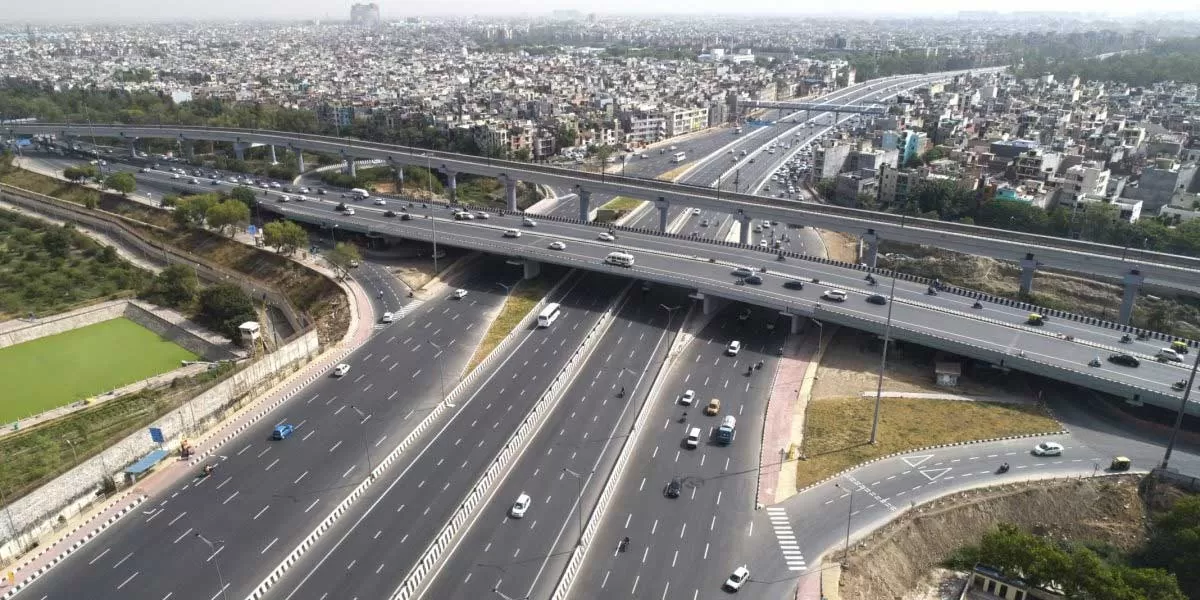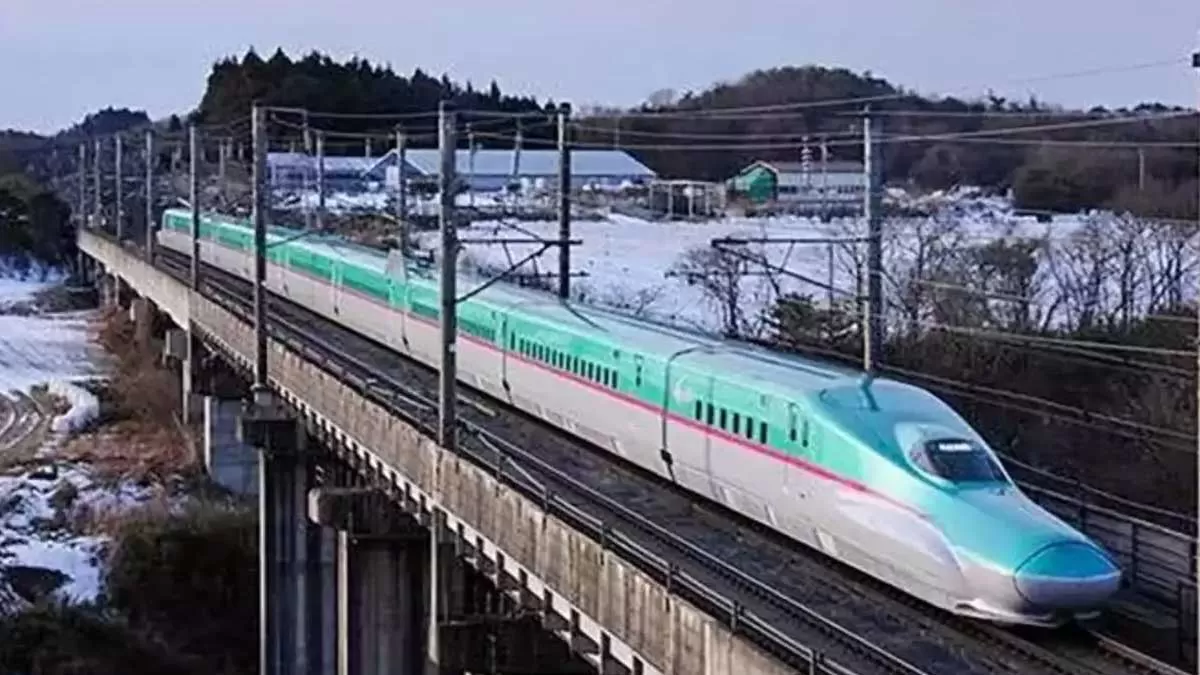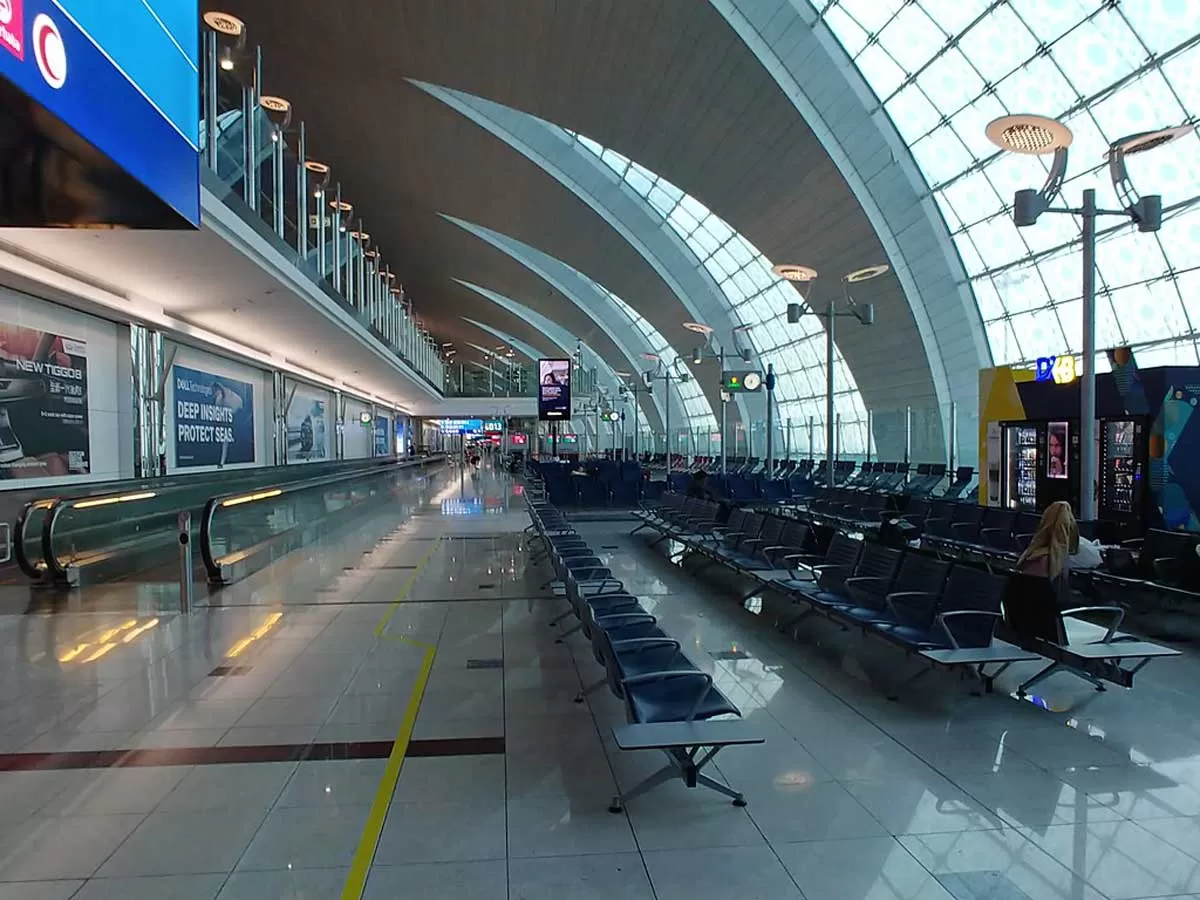
Can the Budget continue to drive infrastructure development?
Read full article
CW Gold Benefits
- Weekly Industry Updates
- Industry Feature Stories
- Premium Newsletter Access
- Building Material Prices (weekly) + trends/analysis
- Best Stories from our sister publications - Indian Cement Review, Equipment India, Infrastructure Today
- Sector focused Research Reports
- Sector Wise Updates (infrastructure, cement, equipment & construction) + trend analysis
- Exclusive text & video interviews
- Digital Delivery
- Financial Data for publically listed companies + Analysis
- Preconceptual Projects in the pipeline PAN India
The 14th RAHSTA Expo, part of the India Construction Festival, will be held on October 9 and 10, 2024, at the Jio Convention Centre in Mumbai. For more details, visit: https://rahstaexpo.com


Government Plans NHAI Bond Buyback
The government is reportedly planning a large-scale bond buyback program worth ?50,000 to ?70,000 crore to help reduce the debt burden of the National Highways Authority of India (NHAI). Over the past few years, NHAI has accumulated a significant amount of debt as it undertook numerous large-scale highway construction projects across the country. This bond buyback plan is intended to improve the organization’s financial health and provide relief from high-interest expenses. The bond buyback would involve repurchasing bonds from investors, allowing NHAI to reduce its outstanding liabilities. ..

Bullet Train Project Receives Critical Supplies
More than 35,000 MT of rails, track construction machinery, and other essential supplies have been delivered for India's ambitious bullet train project, according to the National High-Speed Rail Corporation Limited (NHSRCL). This delivery marks a significant step forward for the Mumbai-Ahmedabad bullet train corridor, a high-priority project designed to introduce India’s first-ever high-speed rail network. The large-scale shipment includes rails from Japan and machinery that will support track laying and construction for the high-speed rail corridor. NHSRCL revealed that these supplies are c..

SC clears Gaggal airport expansion project.
The Supreme Court's decision comes as a significant relief to the state government, which had been pushing for the expansion to enhance connectivity and tourism in the Kangra Valley. The project had been stalled following the Himachal Pradesh High Court’s intervention, primarily due to petitions filed by local farmers and environmental activists. They raised concerns over the acquisition of agricultural land and the potential environmental consequences of the airport’s expansion. The High Court had issued a stay on the project, pending further examination of these issues. However, with the..













